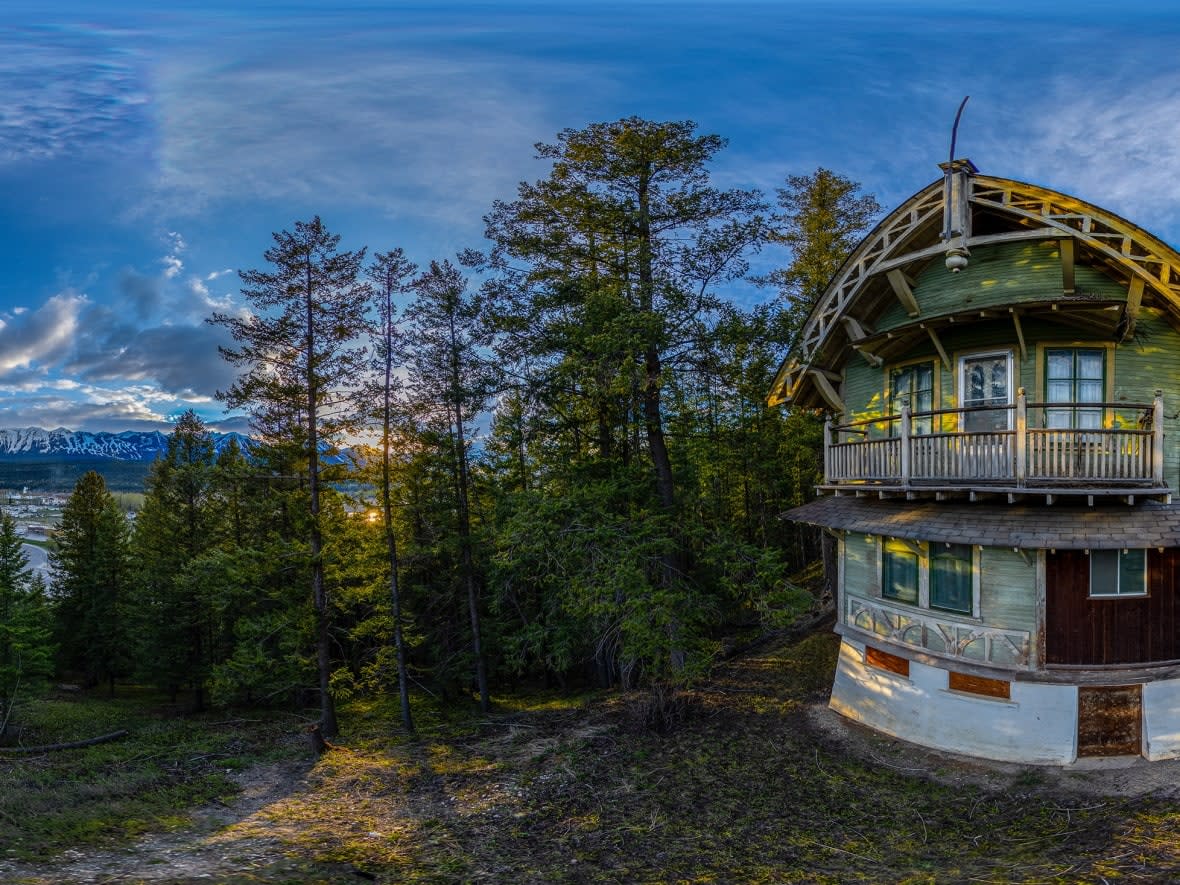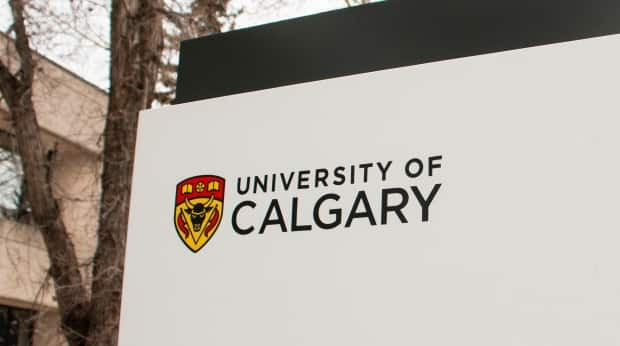University of Calgary profs digitally preserve Edelweiss Village, a B.C. heritage site

Professors at the University of Calgary are digitally preserving an endangered heritage site, important to Canada's mountaineering history.
Nowadays, Western Canada is known for its vibrant mountaineering culture, but that wasn't the case in the years after the transcontinental railway was completed in 1885. So the Canadian Pacific Railway brought Swiss mountain guides to the Rockies to share their mountaineering knowledge and encourage tourism.
Edelweiss Village — six Swiss-style chalets across 20 hectares of hillside — was built north of Golden, B.C., between 1910 and 1912 to house these guides and their families.
With the village now up for sale for $2.3 million by the descendants of the original guides, University of Calgary professors are working to digitally capture the site and ensure it isn't lost to time.
According to the National Trust for Canada, Edelweiss Village is one of the top 10 endangered places in the country. This is because the site is north of the town of Golden in the Columbia Shuswap Regional District — a rural region without heritage laws — so potential buyers would not be bound to preserve the buildings.
The Swiss Edelweiss Village Foundation has been set up by a group that hopes to buy and preserve the location, but so far that is not guaranteed.
Digital preservation a helpful alternative
For Prof. Peter Dawson, digital preservation is the next best thing when a site cannot be preserved physically due to cost or environmental factors. Using a terrestrial laser scanner, Dawson and his team capture data on heritage sites to create virtual replicas that can be accessed online by the public.

The Digital Heritage Archive focuses on "grassroots" heritage sites like the Swiss village. These are sites meaningful to individuals and communities despite not having official designations of significance.
"Our mission statement basically is to digitally preserve these grassroots heritage sites, so that some record of them remains if anything should ever happen to them. But also so that the public, through the public face of the archive, can learn about their history and their importance to that particular community," Dawson said.
Public awareness essential
Dawson says public awareness is key to preserving heritage. Digital archives help generate awareness by making these sites available to people who cannot access them physically.
To make the archive engaging to the public, Dawson works with Prof. Denis Gadbois from the university's department of art and art history. Gadbois uses photography to create virtual tours of heritage sites that go beyond simply cataloguing their attributes.
"Just digital preservation will help make a replica or just retain this history, but it's not necessarily going to create the visual story that you will need for people to understand the beauty and the story of it," said Gadbois.

Hope for physical preservation
Johann Roduit is one of the founders of the Swiss Edelweiss Village Foundation. He moved to British Columbia from Switzerland and says it was incredible to see the village and the impact of Swiss immigration in Canada.
He believes the village is not just important for the heritage of both countries but to mountaineering culture worldwide. It came as a shock to him to see the site up for sale.
"I was kind of surprised. How can such a heritage site be sold? I'm coming from Europe [and] I'm thinking of old monuments [there] — you'll never have heritage sites for sale."
Roduit says the initial plan was to have the site digitally captured so people in Switzerland could see it. Now the organization is working to raise funds to buy and preserve it.
He says the organization has raised a third of the funds for an initial $100,000 deposit via crowdfunding and will continue to negotiate with the sellers.
Roduit says he is thankful for the support the organization has received from Alberta and British Columbia and in Switzerland as well. Crowdfunding is Phase 3 of their six-phase plan to purchase and revive the area with a sustainable cultural tourism concept.


